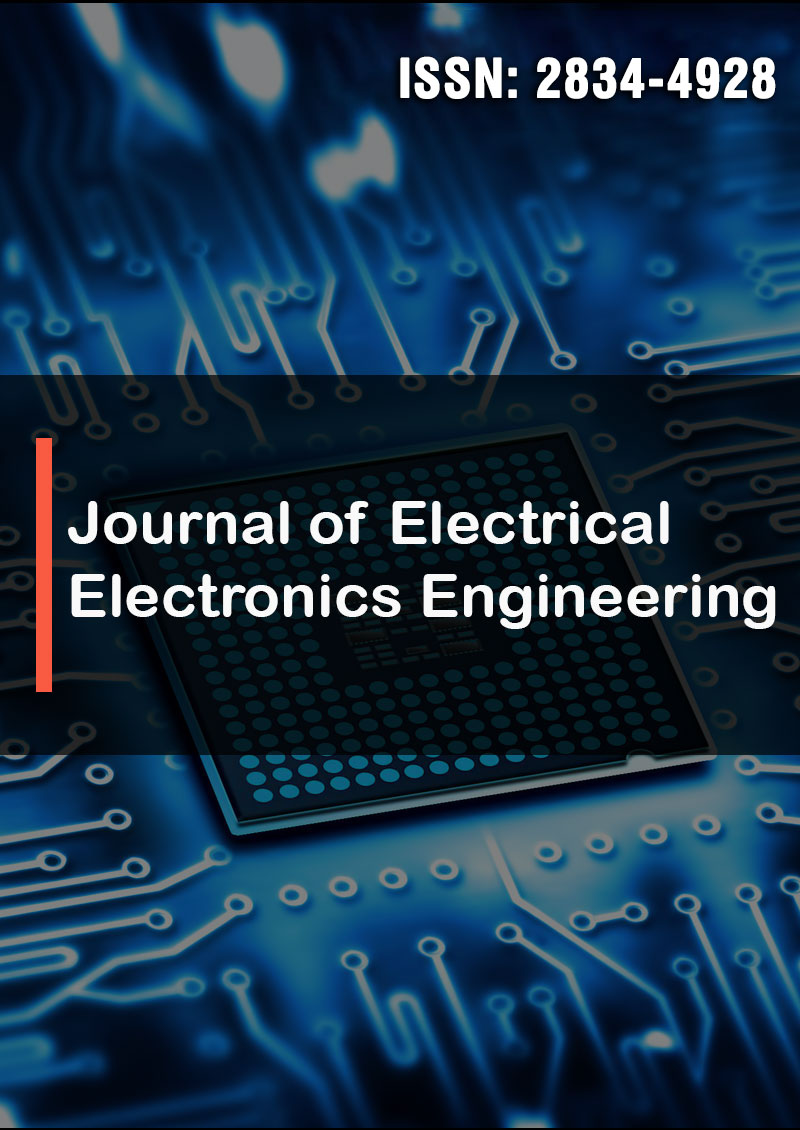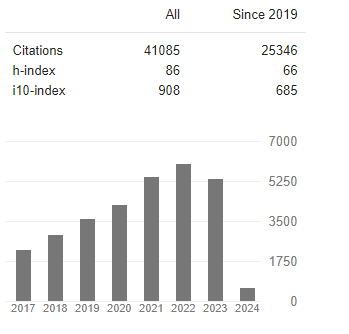Quantum Theory, Standard Model, Yang-Mills (Mass Gap), and the New Model
Abstract
Vaggelis Talios
With the discovery of the atom by Einstein (1905) and the proof that atoms have subdivisions, Rutherford (1911), that they are composed of other smaller particles, the formation of the theory of Quantum, the theory of the particles that are inside the atom, began. It was first discovered that each atom consists of a nucleus which is also the solid part of the atom, which consists of protons (particles with a positive electromagnetic charge) and electrons (particles with a negative electromagnetic charge) around which other electrons revolve. Then it was discovered that the assumption that atoms consist of a nucleus of protons and electrons, around which other electrons revolve, was not correct, but it was discovered that the nucleus consists of protons and uncharged particles, (not electrons), which the theory of Quantum, called them neutrons, James Chadwick (1932). With the progress of the research, it was discovered that protons and neutrons, which make up the nucleus, also have subdivisions, the particles, up and down quarks, Murray Gell-Man (1970).
With the discovery of the up and down quarks which together with the electron were considered to be the elementary particles i.e. the smallest subdivisions of matter, the foundation of the theory of the Standard Model, (the theory for the research of the elementary particles and antiparticles) began, as an offshoot of the Quantum theory. The Standard Model theory was completed with the discovery of the Higgs boson (2012), a particle that is not an elementary particle but has the property of contributing to creating the mass of other elementary particles and antiparticles.
The calculations and the various elements of the subatomic and elementary particles of the theory of Quantum and Standard Model are based on the Yang-Mills equations formulated in the 1970s and are based on the acceptance that the subatomic and elementary particles of the microcosm have the same laws that also have the macrocosm. The successful use of the Yang-Mills theory to describe the interactions of elementary particles depends on a subtle quantum mechanical property called “mass gap”1 . Experiments and computer simulations suggest the existence of this “mass gap” in the solution of the Yang-Mills equations, but no theoretical proof of this property is known. The property has only been discovered by physicists in experiments and confirmed in computer simulations, but has not yet been understood theoretically. Theoretical physicists believe that the explaining of the “mass gap” property will require the introduction of new fundamental ideas in both physics and mathematics. To stimulate the interest of scientists in the solution of the Yang-Mills “mass gap” problem, it was included as one of the seven unsolved problems of the Millennium Prize designated by the Clay Mathematics Institute, which has offered a prize of one million dollars for its solution.
With the progress of the research, it was found that while the theory of Quantum is based on very strong and correct scientific foundations, the theory of the Standard Model, apart from having to clarify the case of the “mass gap” before its establishment, it has to clarify a lot more weak points such as, whether the electron and the up and down quarks are indeed elementary particles, whether or not quarks move inside the nucleus of the atom, whether bosons exist, what about elementary interactions, whether the Higgs mechanism, for the origin of the mass of elementary particles is a correct mechanism etc. [5], [6] and [7]. However, regardless of the clarification of the above points of the theory of the Standard Model, in section 5 I propose a New Model of description of the elementary particles to supplement or to replace the Standard Model. The New Model also answers all the unanswered questions of the Standard Model, includes gravity, and clarifies what exactly is happening with the Yang-Mills “mass gap”.




